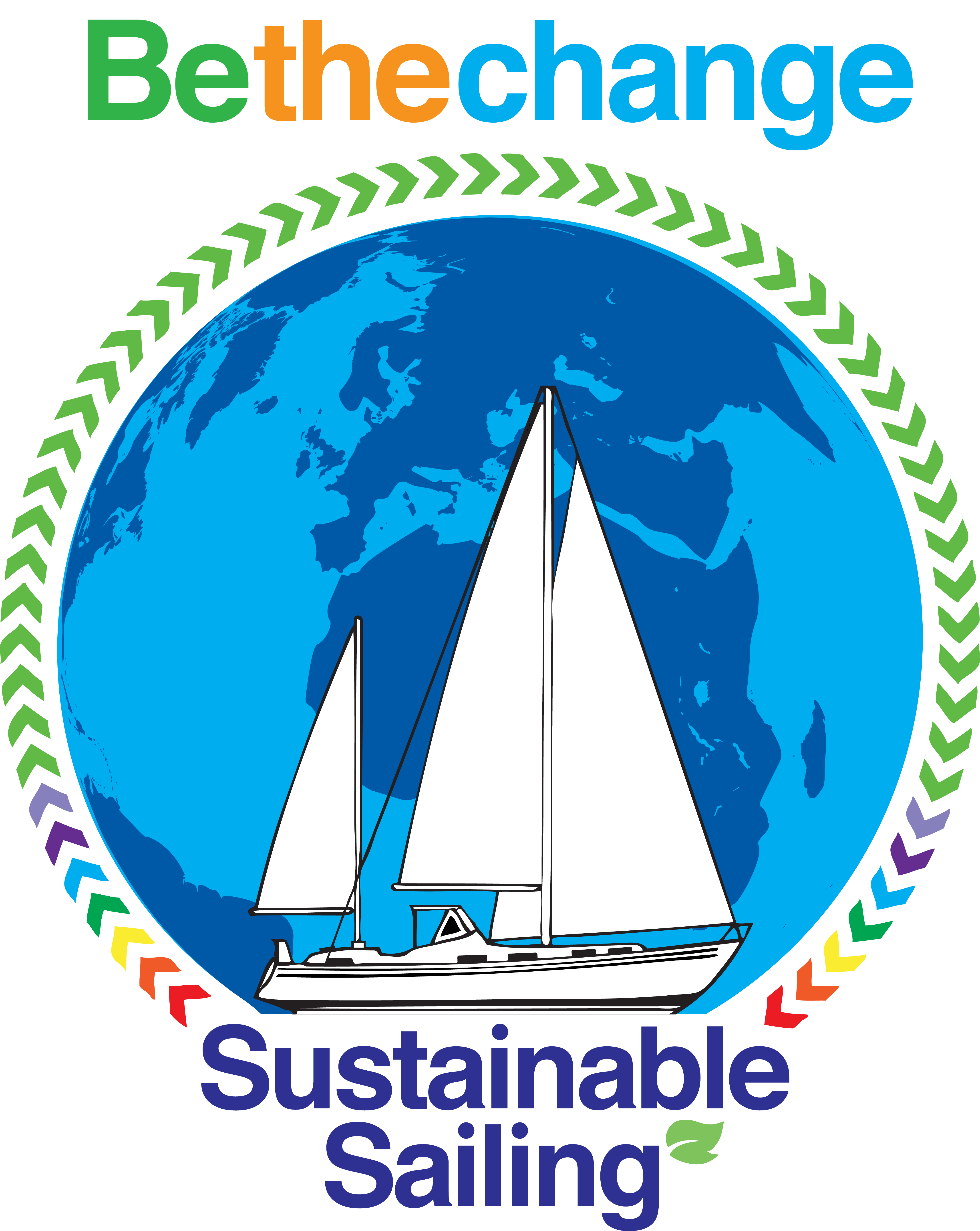Month: June 2021
-
Low down progress
On Saturday we managed a few jobs that are about as low as we can get. Water getting low in the wrong places During the heavy rain on Friday we discovered a key source of the water in the (very deep) bilge at the aft end of the keel. I’d left a few holes in…
-
A restful wet day
We had a wet journey here and it continued to rain until mid evening. In fact as we parked several puddles decided to flow into the area we parked in, close to the boat. So after trying to jump to get to the boat with dry feet I simply swapped trainers and socks for crocs…
-
Short and Longer term plans for Instruments, Navigation, Communications, Safety
True to form we are going to be ripping out all the original instruments, after 44 years they are all well past their useful life. Both the speed and depth sensors used holes in the hull (and we are determined to minimise holes!). Nothing is connected to anything else and their were no updates to…
-
Sailing Florence preparing for crossing the Indian Ocean
We really enjoy the video’s from Amy and Matt on Sailing Yacht Florence. Here they are preparing to cross the Indian Ocean, far from any boatyard facilities, having been trapped in Indonesia for over a year. Their rig check show some of the challenges that have led us to our dyneema rigging plans and long-term…
-
Old water tank removed
We took a long time to decide that we would take out the original stainless steel water tank. As with lots of jobs it was daunting. However, in fact it was relatively straightforward. Using the man overboard block and tackle I was able to get it out whole. Very glad we have done this. It…
-
A day for Sustainable health
The past few days working on the aft cabin have been hard on my back and knees. It is a confined space, the floorboards had to be up which means you are always standing on a slope and stepping over beams while crouched over. Plus lots of ladder climbing. So I ended up with a…
-
Aft cabin new bed is usable
Nearly 11pm and our new bed is usable to sleep in. Actually apart from the new “entrance” with the mattresses on it looks almost the same. However, underneath it is very different. We just need to do some adjustments to the bed boards, finish the step and adjust the mattresses (to create the seat) and…
-
Fitted our dehumidifier, an Ecor Pro Dryfan DH1200 INOX
I’ve fitted our dehumidifier. We bought it during lockdown. It is all stainless steel and capable of removing 10 litres of water per day at 27°C. It has a built-in humidistat and is set to only come on if the humidity is outside the desired range (can be set to on or off or between…
-
There are disadvantages
And two come to mind this morning. The first is that working in tight spaces is uncomfortable. I’ve tweaked something behind my right knees while working in the aft cabin. It has been painful overnight. So more caution today. The second is that there is a problem with making comfortable beds in a snug boat.…
-
A slow day, mostly preparation
Or in other words, we didn’t achieve much today. I managed to tidy up the two ex-wardrobe bulkheads. Then we collected some tools and blades from Screwfix, got some timber from B&Q and got some shorts because it has been hot. So hot that I had a quick swim. About 20 metres and then I…
